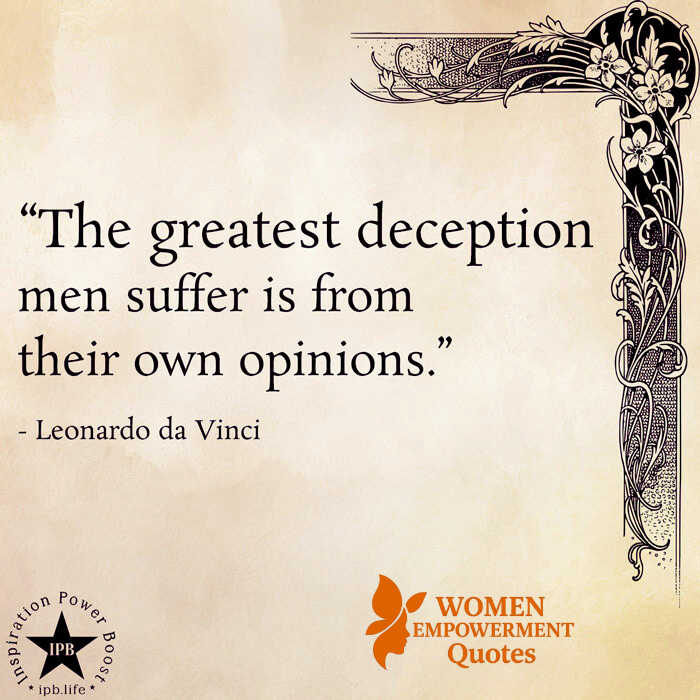
The Subtle Power of Bias: How We Mistake Belief for Truth
Leonardo da Vinci once said that the greatest deception men suffer is from their own opinions. His insight remains as relevant today as it was centuries ago, reminding us that our greatest blind spots are often of our own making.
We all view the world through a lens colored by our past experiences, personal beliefs, and emotional leanings. While these filters help us make sense of complex realities, they can also cloud our judgment. The mind often favors comfort over clarity—preferring ideas that fit our expectations rather than ones that challenge them.
Take confirmation bias, for example. It’s the tendency to notice only the facts that support what we already believe, while quietly ignoring anything that doesn’t. The result? A version of reality that feels true—but might be far from accurate.
Another common trap is the availability heuristic—where the stories that are most vivid or memorable seem more important than they actually are. And then there’s anchoring bias: the habit of letting the first piece of information we hear set the tone for all future decisions, no matter how much new data we uncover.
The truth is, these biases don’t make us foolish—they make us human. But recognizing them is the first step toward growth. The more we learn to question our assumptions, seek out opposing views, and reflect on the ways our mind works, the closer we come to genuine understanding.
Training the Mind to See Clearly
Overcoming bias isn’t a matter of flipping a switch. It’s a daily practice—one that requires humility, patience, and a willingness to be wrong.
Start by practicing cognitive flexibility: the ability to shift perspectives and consider other sides of the story. When we open ourselves to unfamiliar viewpoints, we stretch beyond the limits of our own thinking.
Next, cultivate intellectual humility. Accepting that we don’t—and won’t—have all the answers creates room for learning. This mindset not only sharpens our judgment, but also strengthens our relationships with others.
A useful technique is metacognition—thinking about how you think. When we examine our thought patterns, we become more aware of the assumptions shaping our beliefs. From there, we can choose to reframe them.
Lastly, embrace the value of diversity. Surrounding ourselves with people who see the world differently—through varied backgrounds, experiences, and insights—helps expose our blind spots. Together, we form a fuller picture than any of us could alone.
Final Thought
Leonardo’s warning is not a condemnation, but an invitation: to look inward with honesty and outward with curiosity. When we free ourselves from the illusion of certainty, we unlock a deeper, clearer vision of the world around us—and of ourselves.
Related Quotes to Reflect On:
-
“The greatest obstacle to discovery is not ignorance – it is the illusion of knowledge.” – Daniel J. Boorstin
-
“The eye sees only what the mind is prepared to comprehend.” – Henri Bergson
-
“Man is not what he thinks he is, he is what he hides.” – André Malraux
-
“We do not err because truth is difficult to see. It is visible at a glance. We err because this is more comfortable.” – Anonymous
Let me know if you’d like a shorter version for a caption or social media post.